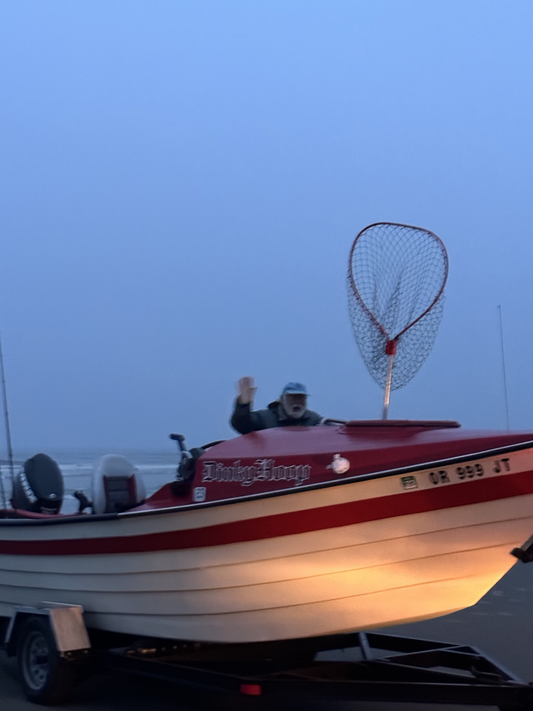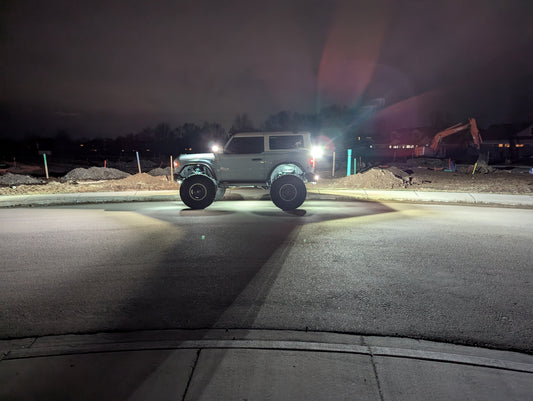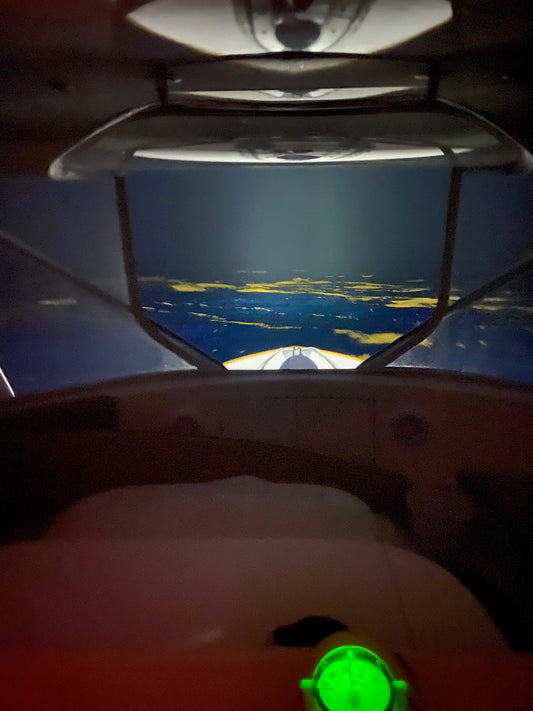Backcountry Communication
Ryan McKee - 08/01/18
Whether you’re a part of an off-road club, a solo adventurer, or simply someone who wants communication abilities beyond that of a cell phone, it’s important to know the options available to you. With a wide range of price, installation difficulty levels, and license fees, there’s bound to be a good method for each and every person looking to expand their capabilities.
CB (Citizens Band)
Without a doubt the most well known communications platform for off-roading, CB offers a cheap way to add two-way radio capabilities to your vehicle. Most off-road clubs require at least CB, utilizing any one of the 40 channels for voice comms during club outings. CB radios vary largely in size, and most require an external antenna to allow for reception and transmission of signal. While greater range and signal quality will come from an installed unit, there are handheld options available for short-range and portable use. Typically, in a set-up with a well-tuned antenna, CB signals can range from 1-5 miles with an FCC regulated 4-watts of power, and there’s no license or training required to operate. Prices range from $25-200+ for a complete setup.

FRS (Family Radio Service)
Designed for short-distance family use, these are primarily hand-held walkie talkies. They utilize 22 channels, are limited to 2-watts of power, and no license is required. Prices range from $15 to 50+ for a single radio or kit.
GMRS (General Mobile Radio Service)
Very similar to the FRS radios, GMRS is a short-distance radio. Throughout the past few years they have become a lot more popular in 4WD clubs and overland groups as a superior alternative to CB radio for range and quality, without the testing requirements of Ham radio. GMRS units are available in relatively small “mobile” install sizes for your car, as well as handheld options for remote operation. You can use them between 5 and 50-watts, and they require a 10-year license to operate*, available from the FCC for $70, though no testing is necessary. Prices range from $40 to $200+.
*Specific channels of FRS overlap with GMRS, and are available to GMRS users without licensing. Of the available GMRS channels, some do require the FCC license for operation.
HAM (Amateur Radio)
Named for the first users (Hyman, Almy, and Murray), HAM, or amateur radio, is arguably the most advanced, reliable, long-distance capable system we have access to as civilians. Available in both handheld and mobile models, as well as install-size versions for in-home use, amateur radios have the ability to reach down the road, to the other side of town, across the state, country, and even around the world depending on your radio, antenna, and license level. The most advanced radios can allow transmission of GPS data, location logging, and even rudimentary two-way messaging abilities. Entry level operators must acquire the Technician level certification, or “ticket”, mid-level operators the General ticket, and the most advance operators the Extra ticket. Each certification requires passing a written multiple-choice test and a $15 test fee. Prices range from $30-200 for a handheld, and $100-800+ for a mobile unit.

While the idea of taking a test is off-putting for most, the reliability and versatility of amateur radio make it the ideal choice for off-roading, remote adventuring, and emergency communications. If simplicity and accessibility are your ideal features of a radio, GMRS should soon be leading the way for the masses in clear transmission radios for a minimal investment of time and money. Whatever your intentions for mobile communication beyond a smartphone are, be sure to explore each of these options to see what might be the best fit for your vehicle in the backcountry.




